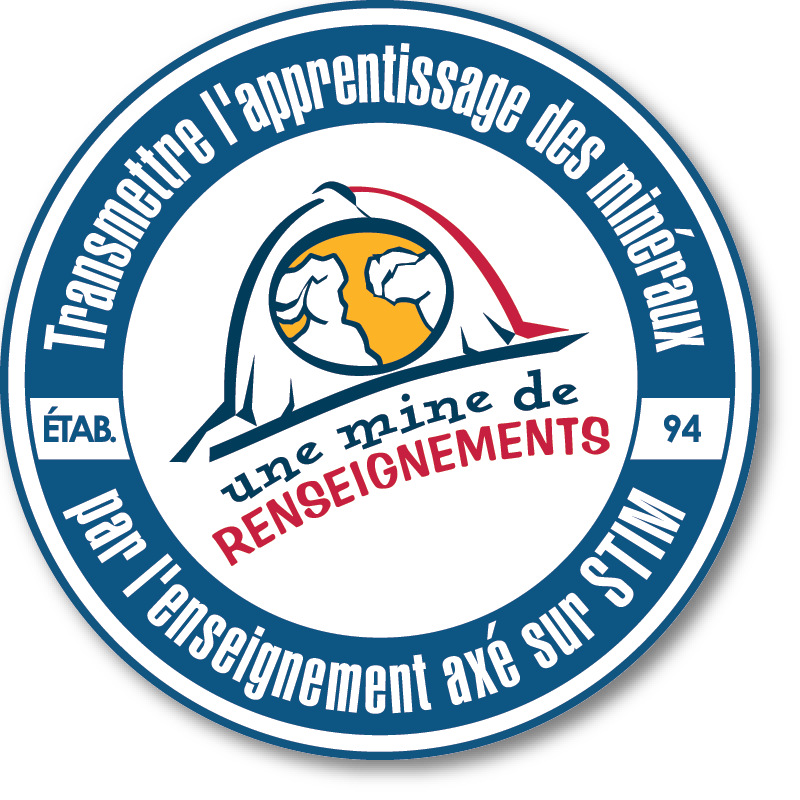Recycling Rocks and Minerals
Background
Imagine…“If it’s not grown, it’s mined.” This means that you’ll use thousands of things in your life that are made from rocks, metals, and minerals. If you’re smart and you care about our Earth, you won’t throw them all in the garbage when you’re done with them. Instead, you’ll recycle many of those products. When we recycle, we take Earth’s resources in a circle, making things from them, breaking those things down when they get old, and then making new things from them. You’d be surprised how much material we can recycle. Let’s look at some familiar things and what can happen to them when they’re no longer useful.
Cell Phones and Electronics
Cell phones and other electronic products are made from many materials, including plastic, glass, and metals like steel, aluminum, copper, and gold. One hundred per cent of the materials in electronic products can be recycled. This is very important because some of the materials—like lead, mercury, and cadmium—are dangerous to the environment and shouldn’t go into landfill sites. Special recycling plants take apart the equipment, save any reusable parts, and recycle the rest.
Asphalt and Construction Materials
Black tarry asphalt, used for highways, city streets, and country roads, is mostly made from sand and gravel. When a road gets resurfaced, large machines rip up the old asphalt and save the material to recycle for new roads. Using recycled asphalt to make new road surface costs only 25 per cent of the cost of using all new materials. Many other construction materials—like concrete, cement, and drywall—can also be saved when buildings are torn down. Special recycling plants make them usable for new buildings.
Bicycles
Bicycles are made of metals like steel and aluminum and can be taken to a metal waste collecting centre to be recycled. Metals can be recycled again and again because they keep their original properties no matter how often they are melted down and reused. That makes them 100 per cent recyclable. New steel products are usually made with at least 25 per cent recycled metal. The shiny new car in your driveway might be made from old soup cans, bikes, and refrigerator parts!
CDs and DVDs
CDs and DVDs are made to last for hundreds of years, but we don’t keep them that long. If thrown away, the aluminum, plastics, gold, chemicals, glass, and nickel they contain would be lost. Specialized electronics recycling companies can grind the discs and make them into a high-quality plastic for new products like car parts, office equipment, street lights, and electrical cable insulation.
Right now, you can’t put any of these things into your recycling Blue Box, but all of them can be recycled at special recycling centres. We’re finding ways to recycle more things all the time. By recycling, you can help save our Earth’s resources and energy, as well as help stop our bad habit of littering the Earth.
Instructions
1. Read the Background Information to learn how humans can dispose of our manufactured products when they are no longer useful.
2. a) Gather items from around the house (with permission) that can be sorted by how they are dispossed of when we are done with them.
b) By yourself or with the help from siblings or adults sort the items into 3 piles; Reuse, Recycle or Landfill. This can be done as a race, or timed to see how fast you can do it.
3. On the handout draw a line to connect each product to the correct destination when it is no longer useful. Use different coloured pencils or pens for Reuse, Recycle, and Landfill.




